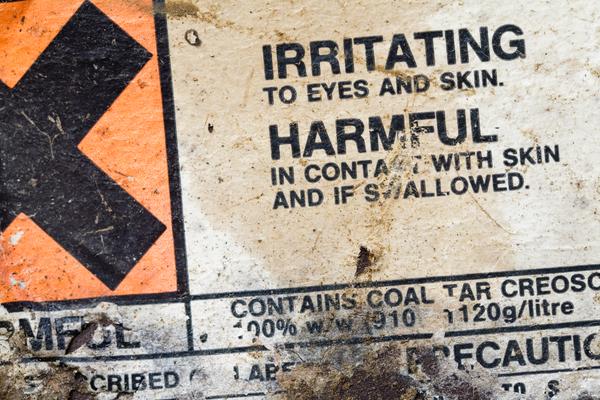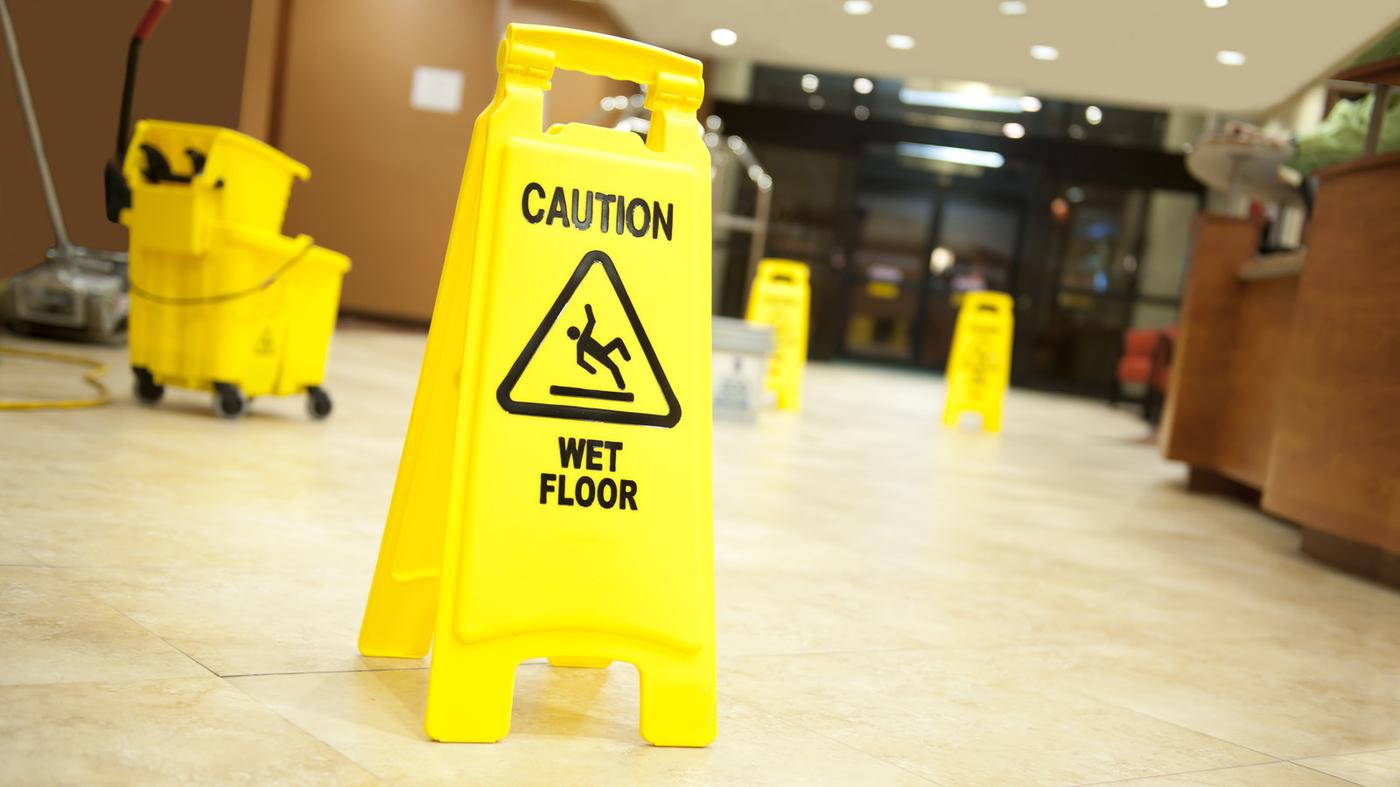According to government figures, more than a quarter (1.3m) of the UK’s 5.47m small businesses have employees. They directly employ about 12.9m people, which is almost half (47.8%) of the total UK workforce. Not all employers are limited companies, of course. In fact, some 220,000 UK sole traders employ others, as do the members of 95,000 ordinary partnerships.
Being an employer brings with it many responsibilities, chief among them, health and safety. So, if you have staff or plan to take people on, what key health and safety responsibilities do small-business employers have?
Employers’ legal health and safety responsibilities
British occupational health and safety law is largely based on the Health and Safety at Work etc Act 1974, which sets out the general responsibilities employers have towards employees and the public, as well as those that employees have to themselves and their colleagues.
- Under UK health and safety law, if you’re an employer, you’re responsible for managing health and safety risks in your business.
- You have a legal duty to protect the health, safety and welfare of your employees and others who may be affected by your business activities, including customers, suppliers and the general public.
- You must ensure that your employees and others are protected from risks associated with your business activities. You must take all reasonable steps to achieve this. Failure to do so can have serious legal consequences – ranging from significant fines to imprisonment.
- You must consult your employees on health and safety issues, either directly or through their health and safety representative or union rep.
- Employers must report major injuries and fatalities at work to HSE’s Incident Contact Centre (telephone 0345 300 9923). Other injuries, diseases and dangerous incidents can be reported online via the HSE website.
- You must work with any other employers or contractors sharing your workplace agencies providing other employees, to ensure that the health and safety of all workers is protected.
Practical health and safety requirements
- You must provide free safety equipment and protective clothing and ensure that it remains in good working order and fit for purpose.
- You must provide toilets, washing facilities and clean drinking water at your premises, as well as sufficient first-aid facilities.
- Work and rest areas should be cleaned regularly.
- The working temperature should be no lower than 16°C or 13°C if the work involves rigorous physical effort.
- The lighting within work environments should be adequate for safety and employee welfare reasons.
- Your employees should have sufficient space and ventilation. The air should be clean and fresh.
- You need to provide changing facilities if your employees are required to change into work clothing
- You must ensure proper arrangements for staff meals and rest breaks.
- You must provide rest facilities for pregnant and nursing mothers, as well as those whose work is physically strenuous.
- You must protect your people from second-hand tobacco smoke. Enclosed working areas must be smoke-free zones and you should discourage any smoking in these places.
Managing health and safety risks
So, what steps do you need to take when it comes to the key responsibility of managing health and safety risks within your small business?
-
![key health and safety responsibilities]()
Assess risks
Under UK health and safety law, employers must assess workplace risks and identify things that could potentially cause injury or illness.
-
![key health and safety responsibilities]()
Highlight risks
You must also provide your employees with information about potential workplace risks and tell them how they are protected.
-
![responsibility]()
Assign responsibility
You must also tell your employees who is responsible for managing health and safety risks within your business (which could be you).
-
![health and safety at work]()
Provide training
You must also give your employees free training on how to deal with workplace health and safety risks.
-
![]()
Eliminate hazards
Crucially, where possible, you must eliminate workplace health and safety hazards where possible and control workplace health and safety risks as much as possible
What if your employees work from home?
Your responsibilities as an employer remain the same for employees who work from home some or all of the time. You must conduct a risk assessment, eliminate or reduce risks as much as is reasonably possible and make sure that any equipment that you provide is suitable for the purpose, properly maintained and safe. Your team members should work in a suitably healthy and comfortable environment and you must make sure that they take adequate rest breaks.
What health and safety information must you provide?
As an employer, you have a legal duty under the Health and Safety Information for Employees Regulations (HSIER) to display the Health and Safety Executive-approved health and safety poster where it can be easily seen and read within employee workplaces. Alternatively (or, better still, in addition), you can provide your employees with the HSE-approved health and safety leaflet. You can download both from the HSE website. A handy pocket card version is also available.
Do you need a health and safety policy?
If your business has more than five employees, you need a written health and safety policy, which you must distribute to your employees. Even if you have fewer employees, having a written policy is an effective way to communicate rights and responsibilities.
Your health and safety policy should at least explain key facts about your approach to health and safety, how your business manages it, your health and safety procedures, who has responsibility for managing health and safety in your business, how specific hazards and risks are managed, training and emergency procedures (eg what employees should do if a fire broke out), etc. You should review your health and safety policy at least once a year and update it where necessary.
Can employees report you over health and safety issues?
If your employees have any concerns about health and safety within your business and workplace, they should be encouraged to talk to you, their manager or the person responsible for health and safety in your business.
If after doing so, nothing changes and they believe that they’re still being exposed to health and safety risks or that health and safety legislation is not being complied with, they can report the matter to the HSE.
What about insurance?
You must get employers’ liability insurance as soon as you become an employer. Your policy must come from an authorised insurer and cover your business for at least £5m. Employers’ liability insurance will enable you to pay compensation to an employee if they were injured or become ill as a result of their work for you.
If you’re an employer, you can be fined £2,500 for every day that you’re not properly insured. Moreover, you can be fined £1,000 for failing to display your employers’ liability certificate or refusing to show it to inspectors on demand.
What health and safety responsibilities do your employees have?
- When using any work items that you’ve provided, your employees have a legal responsibility to follow any health and safety training they’ve received.
- They must take reasonable care of their own health and safety, as well as the health and safety of colleagues, customers, suppliers, the public and others.
- When it comes to health and safety, your employees must cooperate fully with you, they cannot ignore their health and safety responsibilities.
For more information
- The information within this guide is purely overview – it is not comprehensive and shouldn’t be relied on as such.
- For more comprehensive, official guidance, visit the website of the Health and Safety Executive (HSE). The HSE is the UK government agency responsible for encouraging, regulating and enforcing workplace health, safety and welfare, as well as research into occupational risks.
- Many businesses pay experienced health and safety consultants for sectoral advice or guidance on how to manage a specific health and safety risk.
Share this content

Brought to you by:
AAT Business Finance Basics
AAT Business Finance Basics are a series of online e-learning courses covering the core financial skills every business needs. They draw from AAT’s world-leading qualifications and will quickly build your knowledge on key topics including bookkeeping, budgeting and cash flow.
Visit partner's website














